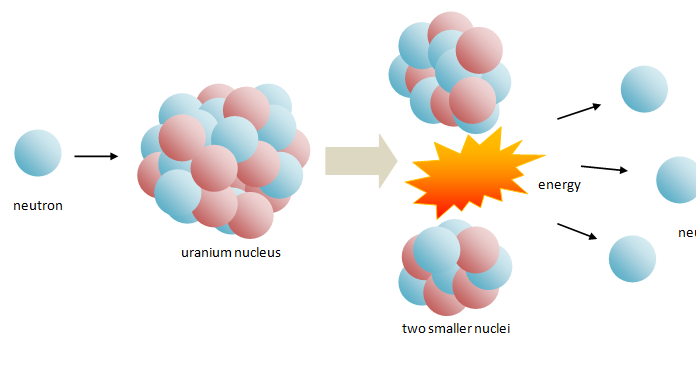
Take, for example, an element with Z protons and N neutrons in its nucleus. The binding energy of the nucleus is a measure of the efficiency with which its constituent nucleons are bound together.

The deuterium nucleus has one proton and one neutron, while tritium has one proton and two neutrons.)įusion reactions between light elements, like fission reactions that split heavy elements, release energy because of a key feature of nuclear matter called the binding energy, which can be released through fusion or fission. (The hydrogen nucleus consists of a single proton. In fact, the heavy isotopes of hydrogen- deuterium (D) and tritium (T)-react more efficiently with each other, and, when they do undergo fusion, they yield more energy per reaction than do two hydrogen nuclei. Generation of fusion energy for practical use also relies on fusion reactions between the lightest elements that burn to form helium. Hydrogen (H) “burning” initiates the fusion energy source of stars and leads to the formation of helium (He). The evolution of stars can be viewed as a passage through various stages as thermonuclear reactions and nucleosynthesis cause compositional changes over long time spans. The fusion reactionįusion reactions constitute the fundamental energy source of stars, including the Sun. This article focuses on the physics of the fusion reaction and on the principles of achieving sustained energy-producing fusion reactions. For more detailed information on this effort, see fusion reactor. Meanwhile, the potential peaceful applications of nuclear fusion, especially in view of the essentially limitless supply of fusion fuel on Earth, have encouraged an immense effort to harness this process for the production of power. For a detailed history of this development, see nuclear weapon. The vast energy potential of nuclear fusion was first exploited in thermonuclear weapons, or hydrogen bombs, which were developed in the decade immediately following World War II. In cases where the interacting nuclei belong to elements with low atomic numbers (e.g., hydrogen or its isotopes deuterium and tritium), substantial amounts of energy are released. Nuclear fusion, process by which nuclear reactions between light elements form heavier elements (up to iron).

Britannica Beyond We’ve created a new place where questions are at the center of learning.100 Women Britannica celebrates the centennial of the Nineteenth Amendment, highlighting suffragists and history-making politicians.

Fission fusion how to#
COVID-19 Portal While this global health crisis continues to evolve, it can be useful to look to past pandemics to better understand how to respond today.Student Portal Britannica is the ultimate student resource for key school subjects like history, government, literature, and more.This Time in History In these videos, find out what happened this month (or any month!) in history.#WTFact Videos In #WTFact Britannica shares some of the most bizarre facts we can find.Demystified Videos In Demystified, Britannica has all the answers to your burning questions.Britannica Explains In these videos, Britannica explains a variety of topics and answers frequently asked questions.



 0 kommentar(er)
0 kommentar(er)
